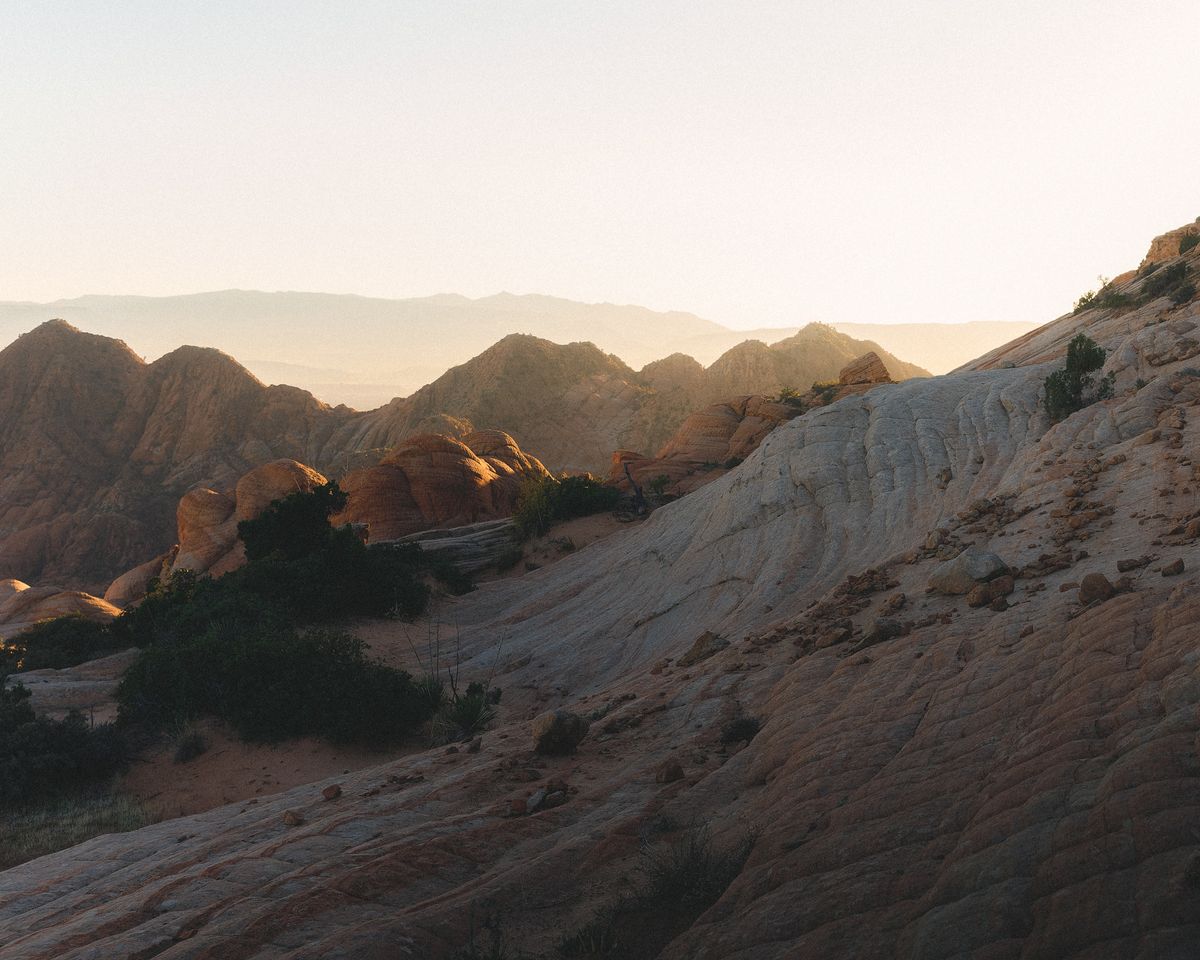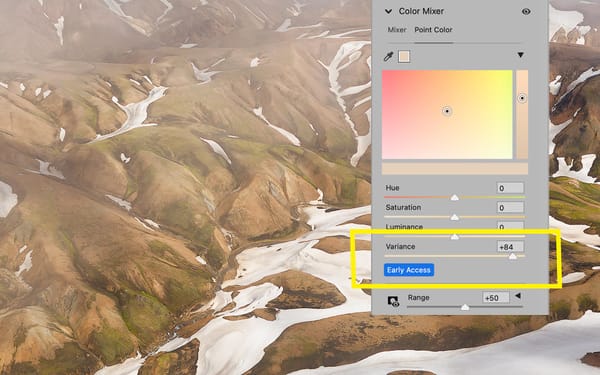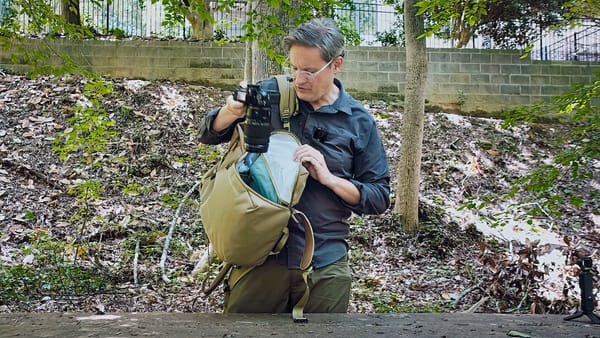When imperfect is better than perfect in landscape photography
Thoughts about the qualitative difference between perfect and imperfect, and why the latter may be preferable in our future AI driven world

Recently I took a break from producing YouTube videos because...well, it's summer, my kids are out of school, and my family is doing some holiday traveling. I've also been spending quality time rebuilding my photography website, and in that process re-editing loads of landscape images from years past.
Recently I went looking for a specific image captured in 2019 in southern Utah. It was an image I remembered well, for I spent a good deal of time in the field carefully composing it, and tried editing the image multiple times thereafter (but was never happy with the result). I thought that maybe, this time, I would crack its code.
Instead, a funny thing happened.
I found a different image, one I did not recognize, at all. If you told me it was taken by a different photographer, I might have believed you.
Here is that image:

On face value, there's nothing particularly remarkable about this image. To my eyes, it lacks an obvious subject, most of the scene is in shadow, and the composition doesn't appear completely dialed-in (eg, the clumsy, overlapping ridge outlines where the sun is brightest). I apparently didn't take the shot seriously in the moment either, for I quickly moved on after taking just this one photo.
And yet, despite the image's apparent flaws, I'm weirdly captivated by it.
To explain why, let's compare this image against another I captured earlier that same year in Lofoten, Norway:

I'm proud of this image, for I spent considerable time scouting the location, finding a good composition, returning later before dawn, carefully positioning my camera and tripod to reduce the visual space between the seaweed covered rocks in the foreground and brilliant mountains in the back, then waiting until the sun rose and illuminated the side of the mountains. I then slowed my shutter speed to create just enough motion blur (but not too much and lose texture), then finally waited until the water was rushing towards the camera to create drama.
In other words, this image was highly deliberate, pre-visualized, planned, and precise. I labored to create the most ideal landscape image I was capable of creating.
Comparing these images, most people would likely prefer Lofoten over Utah, for the former has more pop, motion, and texture. The image is more dynamic and visually rich. The Lofoten image also does a better job of following the landscape photography rule book, for it has a strong leading line, subjects of interest in the foreground and background, plus equal sharpness from front to back.
Part of me agrees and prefers the Lofoten image, but the other half prefers Utah for being everything the Lofoten image is not.
The Utah image is not a work of labor. It isn't carefully planned or fussed over. I feel like I'm actually standing there, experiencing a tranquil moment at sunset, with golden light spilling around the side of the canyon — not a photographer's clever, careful interpretation of it.
Perhaps some of this is a reaction against the new world of AI-driven un-cropping and generative fill compositing we live in now, which will undoubtedly lead to more "perfect" images out there in the world. I could absolutely see Midjourney or Firefly churning out images similar to my Lofoten photo, but Utah? I doubt it.
The Utah image isn't perfect, but that's entirely the point. Now comes the hard part: figuring out how to shoot more perfectly imperfect images!



